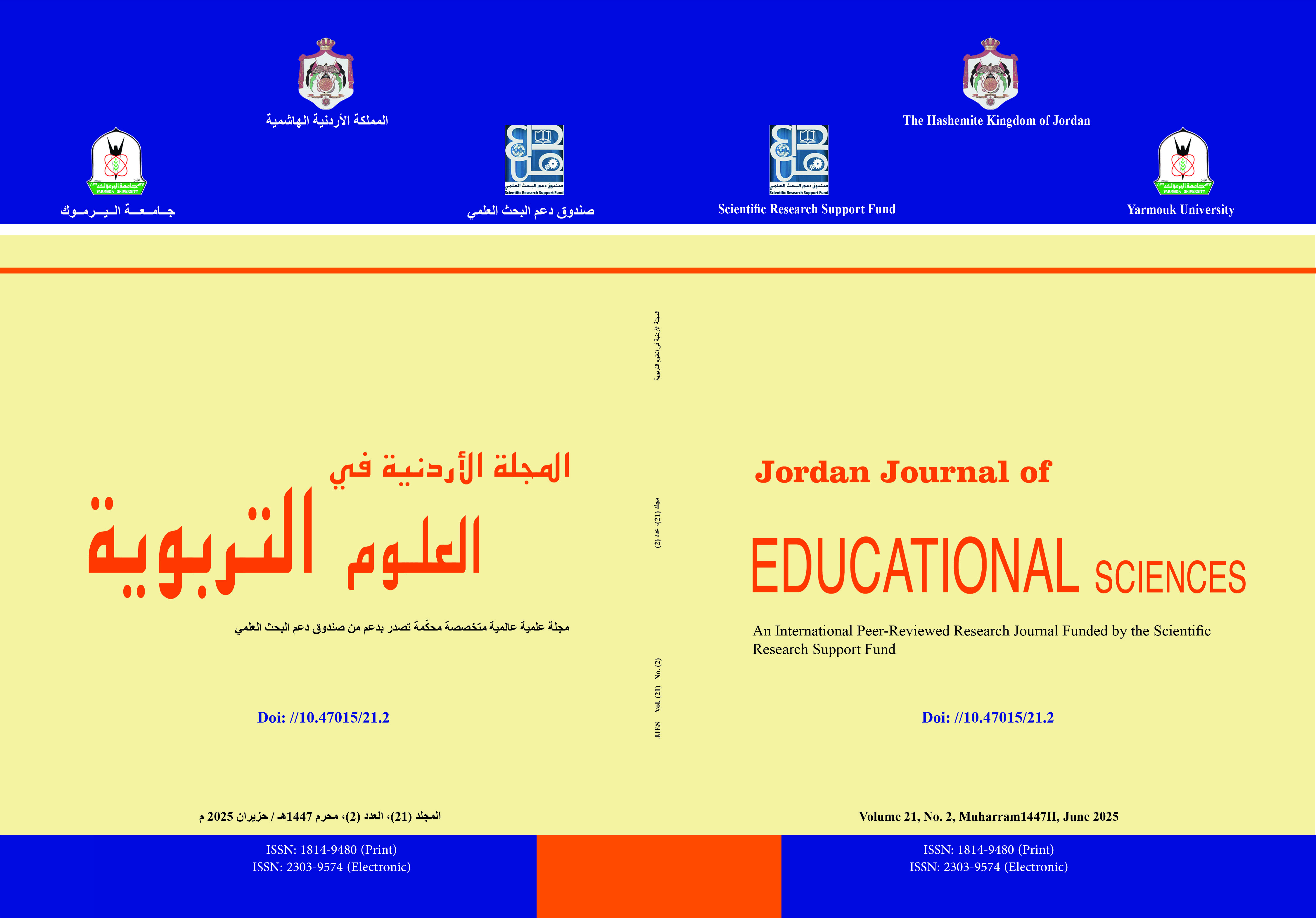The Role of Immersive Virtual Laboratory (IVRL) Utilizing Binary Coding Theory in Enhancing Physics Understanding Among Ninth Grade Female Students in the Sultanate of Oman
Keywords:
Immersive Virtual Laboratory, Physical Concepts, Dual Coding Theory.Abstract
Objectives: This study aimed to explore the role of the immersive virtual laboratory (IVRL) utilizing binary coding theory in enhancing physics understanding among ninth-grade female students in the Sultanate of Oman. The research sample consisted of 142 female students.
Methodology: Using a mixed-methods approach with an explanatory sequential design, the study utilized a standardized test to gauge the students' acquisition of physical concepts. To support quantitative findings, focus group interviews were conducted to glean deeper insights into the results.
Results: Results indicated a statistically significant discrepancy in favor of the experimental group at the α ≤ 0.05. Both quantitative data examination and thematic analysis of qualitative findings supported the premise that the immersive virtual laboratory environment facilitated the assimilation of physical concepts in line with the Dual Coding Theory.
Conclusion: The study recommended prioritizing virtual laboratory resources in educational settings, owing to their alignment with contemporary technological advancements and their potential to eliminate challenges inherent in conventional laboratory setups. Furthermore, it advocates for qualitative investigations into scientific and engineering practices within virtual laboratory contexts, thereby enriching scholarly discourse in this domain.

